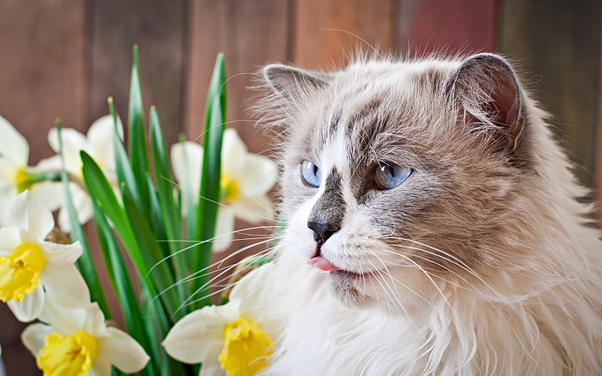Choosing the right dog for your family is about more than looks; it’s about disposition, energy levels, trainability, and compatibility accompanying your household lifestyle. Among common people, German Shepherd varieties, the Czech German Shepherd—more usually famous as the Czechoslovakian working-line German Shepherd—is a singular alternative.
Renowned for its intelligence, athleticism, and stability, many prospective dog owners wonder: Do Czech German Shepherds make good family companions? This article investigates their temperament, exercise needs, training needs, and suitability for households with children and other pets.
Understanding the Czech German Shepherd
Unlike show-line German Shepherds, developed primarily for appearance, Czech German Shepherds are developed for working talent. They excel in acts such as police work, search and rescue, and safety tasks. Key characteristics include:
- High intelligence and logical skills
- Strong protective ideas
- Athleticism and high strength
- Robust health and durability
Loyalty and Protectiveness
Czech German Shepherds are consistently loyal and guarding, forming deep bonds accompanying family members.
Key disposition traits:
• Protective ideas:
They act as guardians and are alert to guests.
• Loyalty:
These dogs form strong attachments to family members.
• Intelligence:
Highly educable and quick to discover commands.
• Sensitivity:
Respond well to consistent, positive support training.
While their secure nature is advantageous for family safety, correct socialization from an early age is essential to guarantee they remain calm and assured around strangers.
Exercise and Mental Stimulation
Czech German Shepherds are extreme-energy dogs that demand both bodily and mental exercise to stay happy and active.
Recommended activities:
- Daily walks or runs
- Agility preparation and obedience exercises
- Fetch, tug, and interactive games
- Scent work or logical challenges
Without sufficient exercise, they may develop destructive behaviors, tension, or hyperactivity. Families accompanying an active behavior will find this breed rewarding, as they thrive when included in outdoor experiences and family playtime.
Socialization Training
- Use positive reinforcement patterns, such as treats and praise
- Expose them to various societies, animals, and surroundings early
- Establish agreed-upon rules and borderlines
- Incorporate mental challenges to spark their intelligence
Proper counseling ensures that their protective instincts do not override what they mix smoothly into home life.
Interaction with Children and Other Pets
Czech German Shepherds can be superior with children, specifically when raised together from a young age.
Family interaction points:
- Protective, still playful, accompanying kids
- Supervision is recommended for accompanying very young children due to the magnitude and strength
- Timely exposure to other pets helps reduce the chasing or herding nature
- Strong bonds form when included in day-to-day family routines
Health and Care Considerations
Czech German Shepherds are known for their robust well-being, especially distinguished by show-line German Shepherds.
Health highlights:
- Lower risk of modern and elbow dysplasia
- live 10 to 13 years
- Moderate shedding, weekly brushing recommended
Pros and Cons as Family Companions
1. Pros:
- Loyal and secure
- Highly intelligent and trainable
- Great for energetic families
- Generally active with hardly any hereditary issues
2. Cons:
- High exercise and mental provocation needs
- Can be wary of immigrants if not socialized
- Not appropriate for sedentary households
- Requires consistent preparation and attention
Conclusion
However, they are best suited for energetic families the one can dedicate a period to training, socialization, and exercise. For the right family, a Czech German Shepherd offers companionship—they provide security, commitment, and a deep, lifelong bond.








